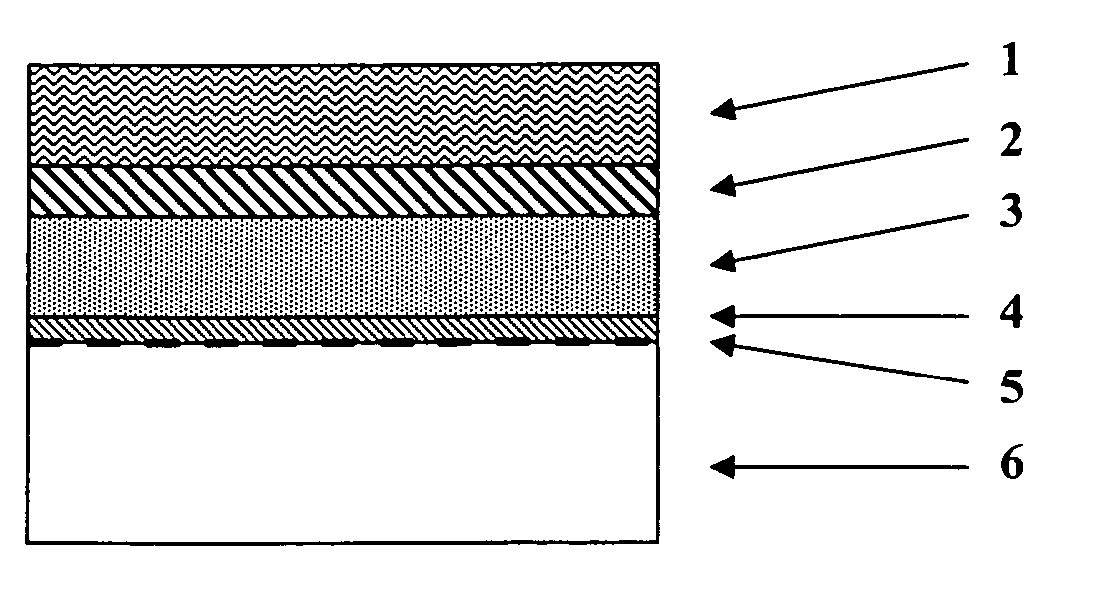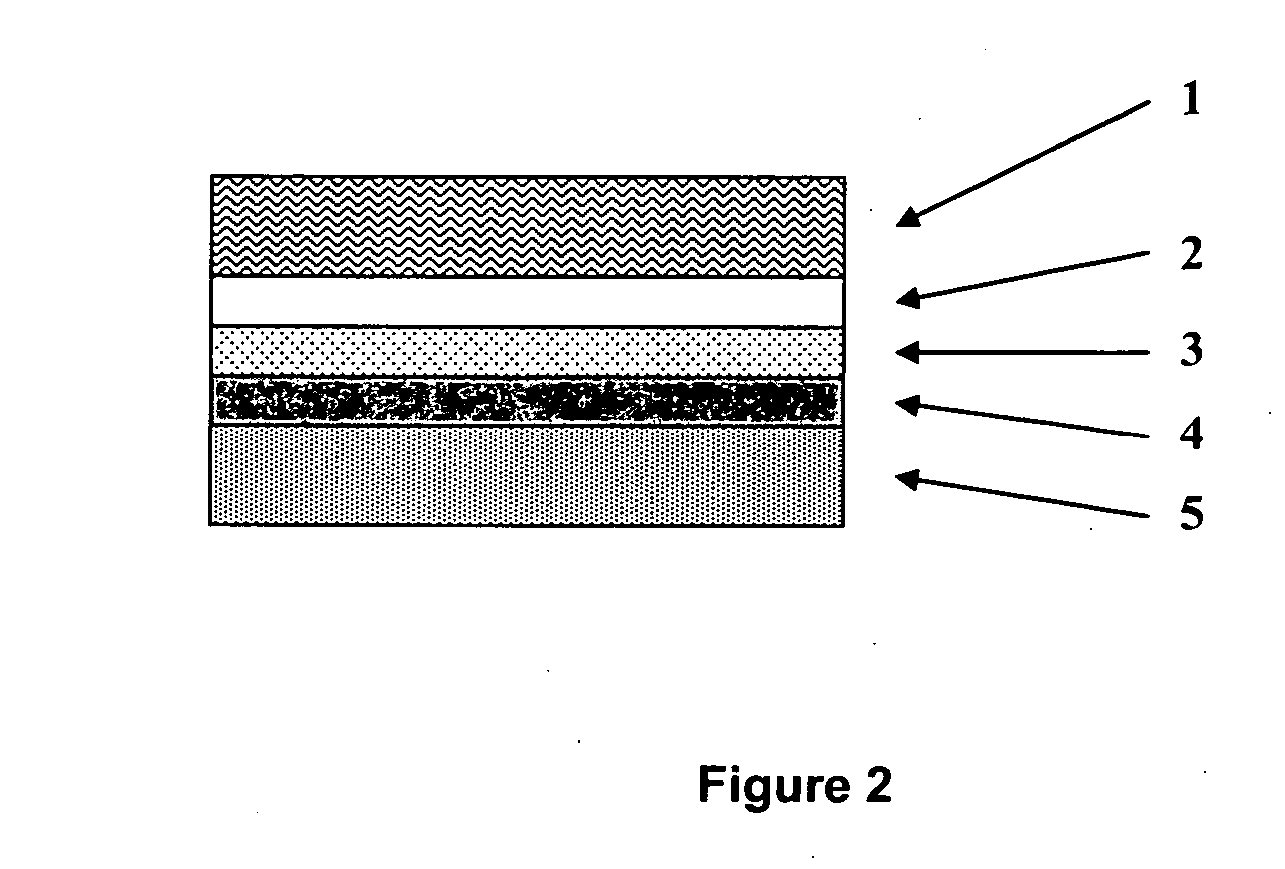High efficiency solar cells utilizing wafer bonding and layer transfer to integrate non-lattice matched materials
a solar cell, high-efficiency technology, applied in the field of solar cells, can solve the problems of significant limitations imposed by the monolithic growth process on the materials that can be incorporated into multi-junction solar cells, affecting the photoelectric conversion efficiency and specific power, and affecting the substrate choice and the available subcell band gap
- Summary
- Abstract
- Description
- Claims
- Application Information
AI Technical Summary
Problems solved by technology
Method used
Image
Examples
case i
[0093] Case I
[0094] In cases where the epitaxial donor structure is comprised of a single layer of donor material grown on a bulk substrate, the implant energy will be selected to ensure that the damaged region of the implantation occurs primarily in the support substrate, away from the interface between the support substrate and the epitaxial donor layer, as shown in FIGS. 11 and 12. FIG. 11 shown the implantation of the epitaxial donor substrate with ions 44. Implanting ions 44 travel through the donor layer 40 and are stopped in the support substrate 41. FIG. 12 illustrates the epitaxial donor substrate containing the damaged region 45 created by the implantation in the support substrate 41.
case ii
[0095] Case II
[0096] In cases where the epitaxial donor structure is comprised of a thick epitaxial donor layer that will be used to transfer multiple epitaxial donor films, the implant energy will be selected to ensure that the damaged region resulting from the implantation occurs primarily in epitaxial donor material, as shown in FIGS. 13 and 14. FIG. 13 illustrates implantation of the epitaxial donor substrate with ions 44. The ions 44 are stopped in the donor layer 40 rather than in the support substrate 41. FIG. 14 shows the epitaxial donor substrate with the damaged region 45 located in the donor layer 40.
case iii
[0097] Case III
[0098] In cases where the epitaxial donor structure is comprised of one or many epitaxial donor layers and etch stop layers, the implant energy will be selected to ensure that the damaged region resulting from the implantation occurs primarily in either a layer of epitaxial donor material that lies below an etch stop layer or in the etch stop layer. FIG. 15 shows the implantation of the epitaxial donor substrate with ions 44. The ions 44 travel through the top donor layer 40A and etch stop layer 42A and are stopped in the underlying donor layer 40B. FIG. 16 shows the damaged region 45 located in the donor layer 40B.
PUM
 Login to View More
Login to View More Abstract
Description
Claims
Application Information
 Login to View More
Login to View More - R&D
- Intellectual Property
- Life Sciences
- Materials
- Tech Scout
- Unparalleled Data Quality
- Higher Quality Content
- 60% Fewer Hallucinations
Browse by: Latest US Patents, China's latest patents, Technical Efficacy Thesaurus, Application Domain, Technology Topic, Popular Technical Reports.
© 2025 PatSnap. All rights reserved.Legal|Privacy policy|Modern Slavery Act Transparency Statement|Sitemap|About US| Contact US: help@patsnap.com



